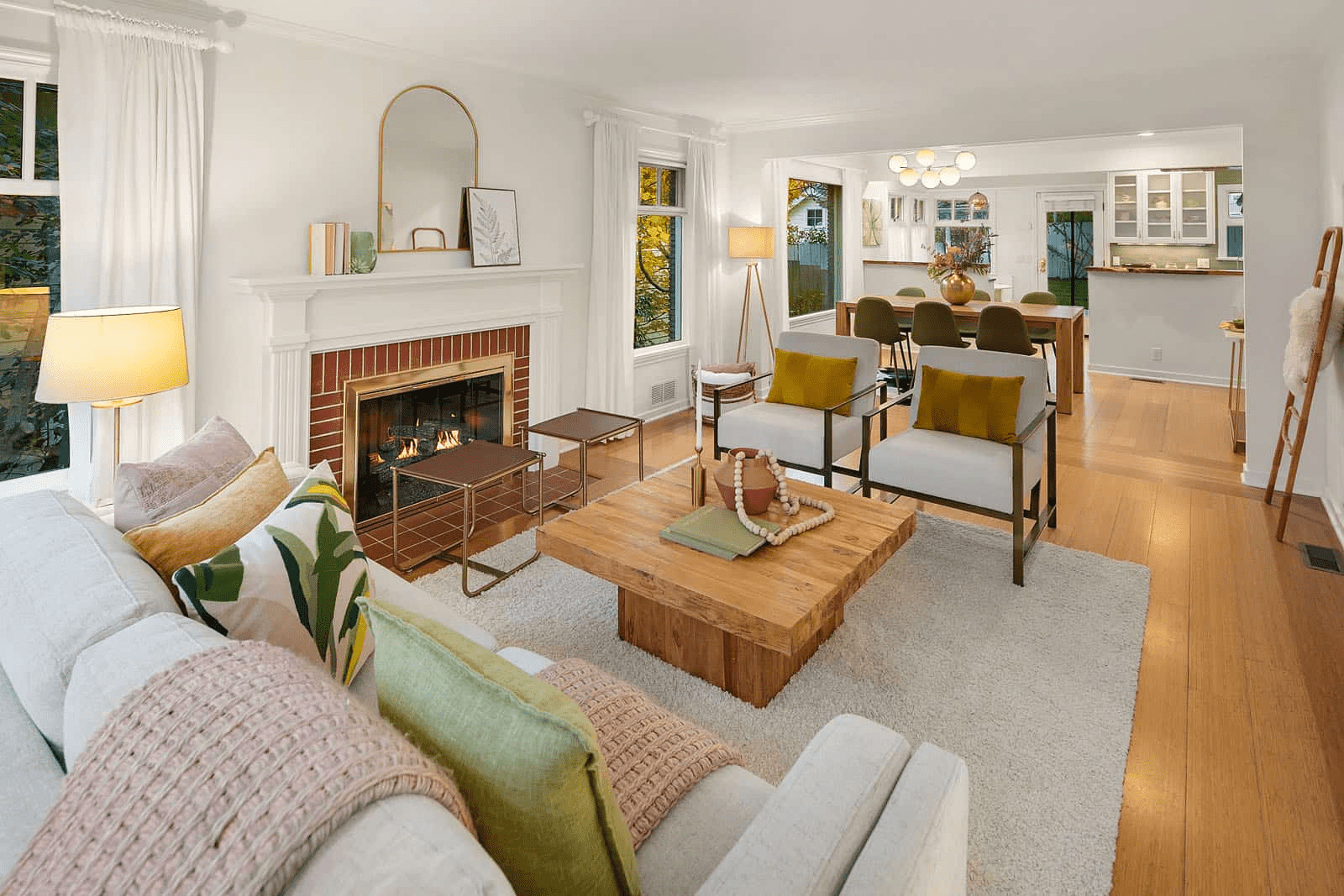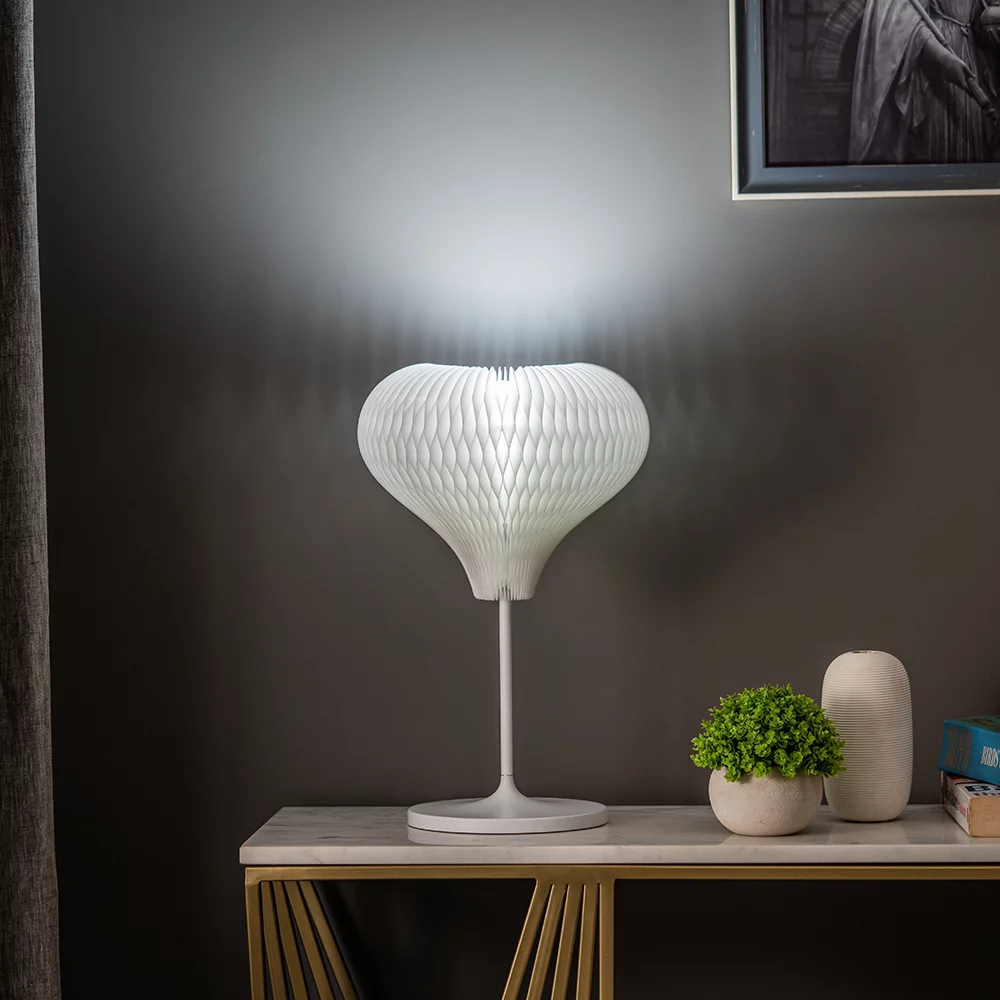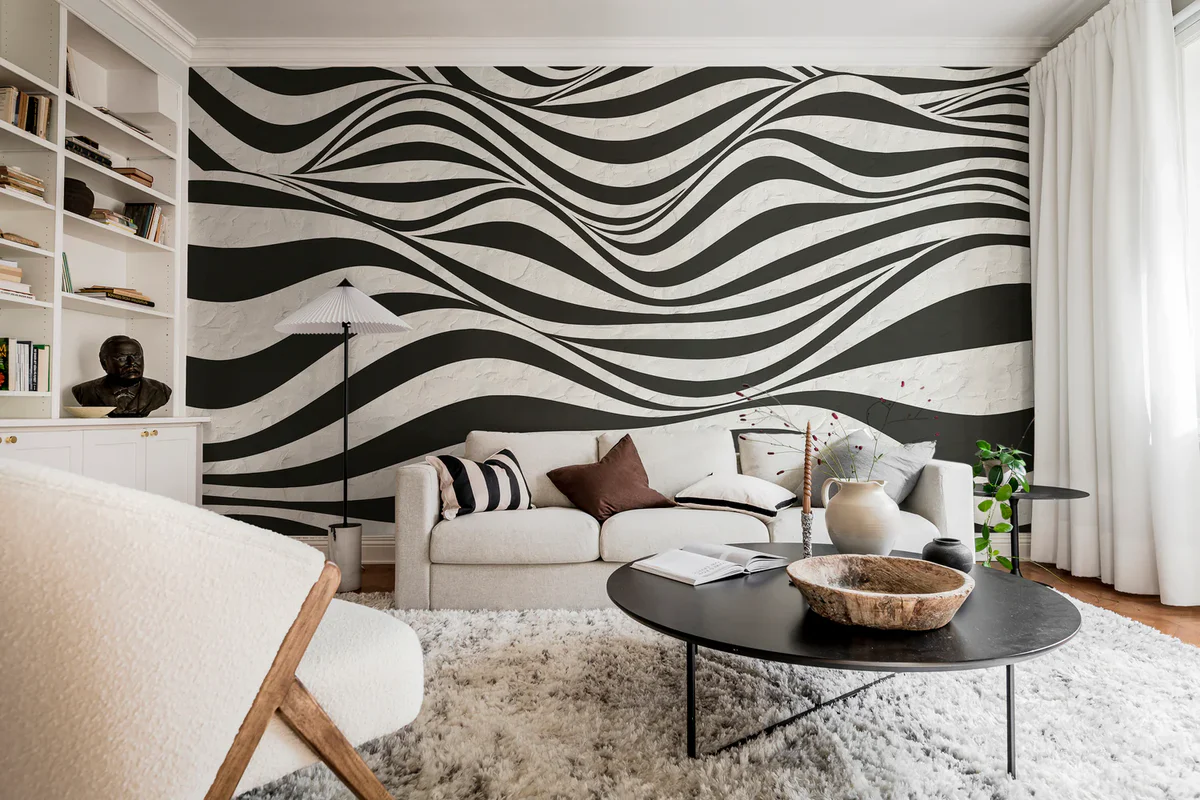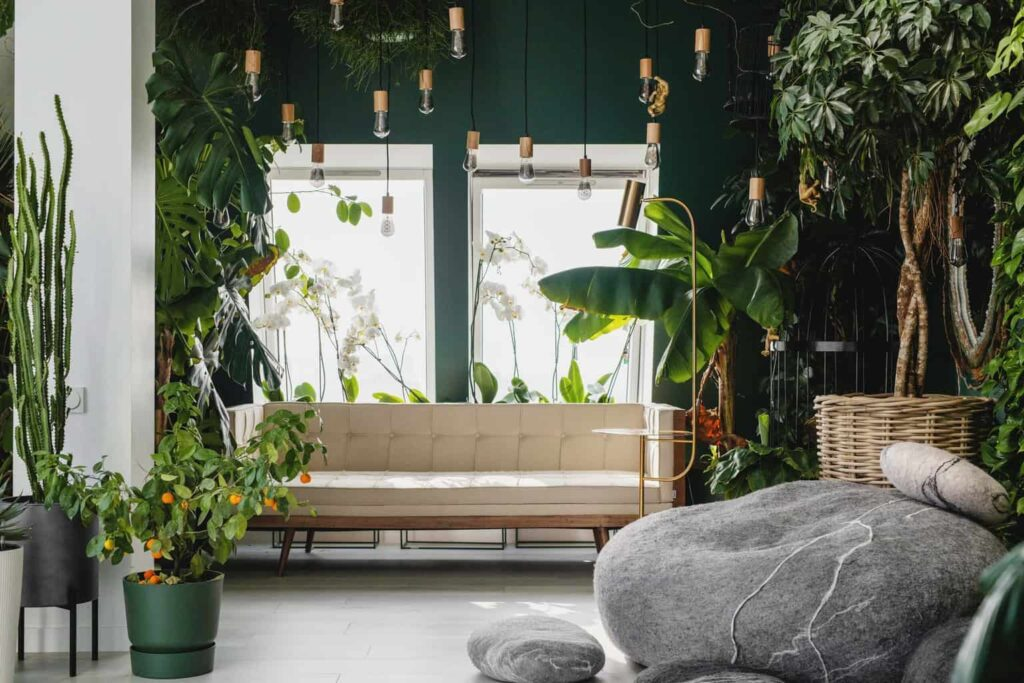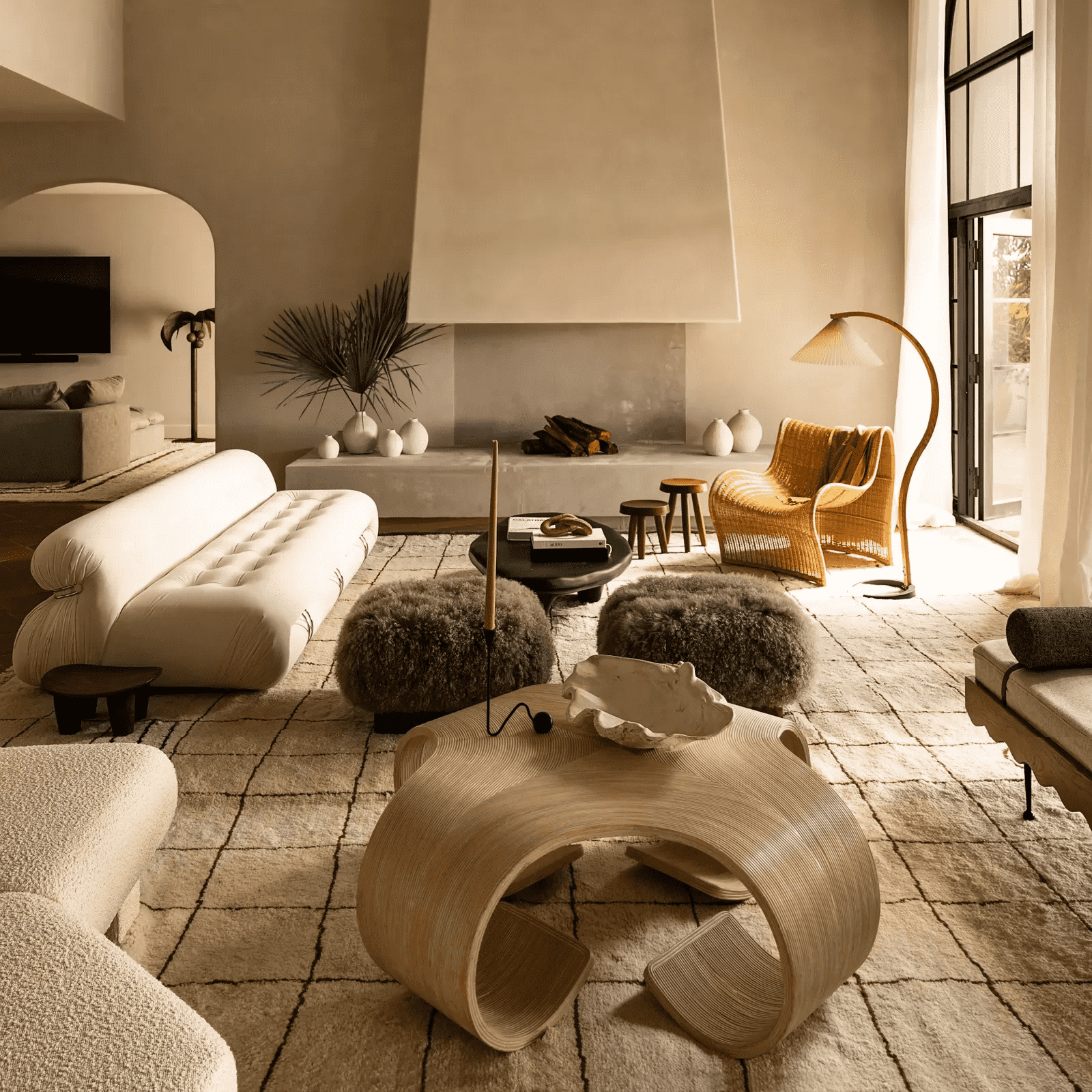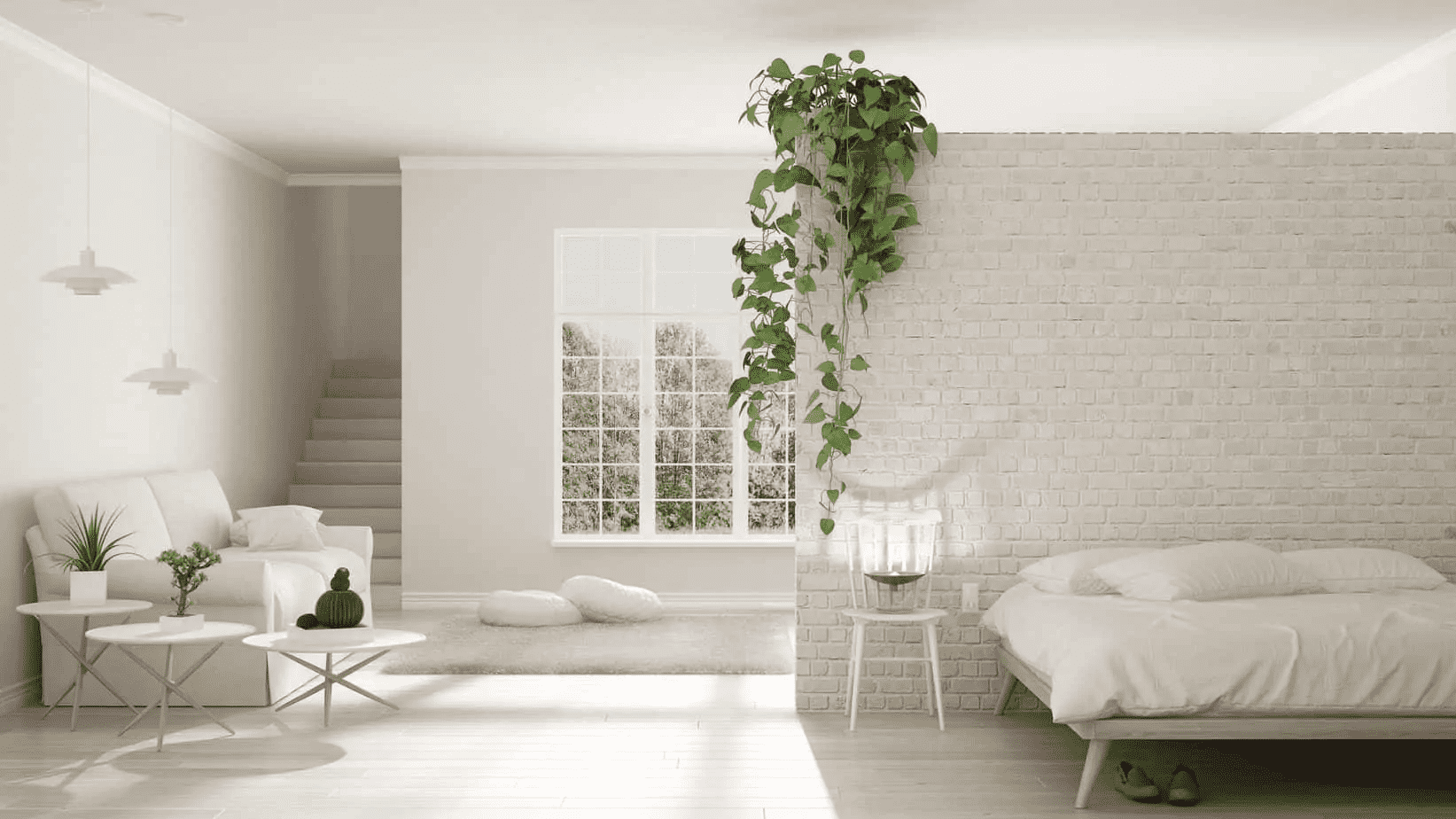
In 2025, the concept of "home" has evolved beyond just a physical space. It's a sanctuary, a reflection of our values, and a key component of our well-being. The minimalist movement, with its emphasis on intentional living and mindful consumption, has gained significant traction. However, many fear that decluttering to achieve a minimalist aesthetic will strip their homes of personality and warmth. This guide explores how to embrace minimalism without sacrificing the character and charm that make your space uniquely yours. We’ll navigate the principles of minimalist decluttering, offering practical strategies and long-term considerations to create a serene and personalized haven.
Embarking on a minimalist journey doesn't require a complete overhaul; it's about making conscious choices about the items you surround yourself with. It's about prioritizing quality over quantity and curating a space that reflects your values and passions. Let's explore practical strategies for achieving this balance.
Evaluating Your Belongings: The Heart of Minimalist Decluttering
The first step is a thorough evaluation of your belongings. This involves honestly assessing each item's value and purpose in your life. Ask yourself the following questions:
- Does this item serve a practical purpose?
- Does this item bring me joy?
- Have I used this item in the past year?
- If I were shopping for this item today, would I buy it again?
Answering these questions will help you categorize your belongings into four groups: Keep, Donate/Sell, Trash, and Maybe. Be ruthless with the "Trash" category, and realistic with the "Maybe" category. Items in the "Maybe" category should be revisited in a month or two; if they haven't been used or missed, it's time to let them go.
The KonMari Method: Sparking Joy
The KonMari Method, popularized by Marie Kondo, emphasizes the importance of keeping only items that "spark joy." Hold each item and ask yourself if it brings you joy. If it doesn't, thank it for its service and let it go. This method encourages a more emotional and mindful approach to decluttering.
The 90/90 Rule: A Practical Timeframe
Another helpful rule is the 90/90 rule: Have you used the item in the last 90 days? Will you use it in the next 90 days? If the answer to both questions is no, it's likely time to declutter it. This rule provides a practical timeframe for assessing an item's usefulness.
Creating Functional Zones: Maximizing Space and Minimizing Clutter
Once you've decluttered, it's time to organize your remaining belongings into functional zones. Functional zones are designated areas within your home that serve specific purposes. For example, you might have a reading nook, a home office area, or a crafting zone. By creating these zones, you can optimize your space and minimize clutter.
Storage Solutions: Concealing Clutter Without Hiding Your Style
Effective storage solutions are crucial for maintaining a minimalist aesthetic. Opt for storage solutions that conceal clutter without hiding your style. Consider using baskets, bins, and shelves to organize your belongings. Choose storage solutions that complement your existing décor and reflect your personal style.
For instance, instead of using generic plastic bins, opt for woven baskets or wooden boxes. These storage solutions not only conceal clutter but also add texture and warmth to your space. Similarly, instead of using metal shelving units, consider using wooden shelves or floating shelves. These shelving options can create a more visually appealing and minimalist look.
Infusing Personality: Minimalist Doesn't Mean Impersonal
Minimalism is often associated with stark white walls and empty spaces, but it doesn't have to be impersonal. You can infuse personality into your minimalist space by incorporating elements that reflect your interests and passions.
Curated Collections: Displaying Meaningful Objects
Instead of displaying a large number of decorative objects, curate a small collection of meaningful items. These items could be anything from travel souvenirs to family heirlooms. Display these items in a way that is both visually appealing and meaningful to you.
Personal Touches: Adding Warmth and Character
Add personal touches to your space by incorporating elements that reflect your personality. This could include displaying artwork, photographs, or books. Choose items that you love and that bring you joy.
Consider adding plants to your space. Plants can add life, color, and texture to a minimalist room. Choose plants that are easy to care for and that complement your existing décor.
Long-Term Considerations: Maintaining a Minimalist Lifestyle
Maintaining a minimalist lifestyle requires ongoing effort and commitment. It's not a one-time event; it's a continuous process of decluttering, organizing, and simplifying your life.
Regular Decluttering: Preventing Clutter Accumulation
Schedule regular decluttering sessions to prevent clutter from accumulating. This could be a monthly, quarterly, or annual event. During these sessions, revisit your belongings and declutter any items that you no longer need or use.
Mindful Consumption: Avoiding Impulse Purchases
Practice mindful consumption by avoiding impulse purchases. Before buying something new, ask yourself if you really need it. Consider the item's environmental impact and whether it aligns with your minimalist values.
One In, One Out: A Simple Rule for Preventing Clutter
Implement the "one in, one out" rule: For every new item you bring into your home, get rid of one old item. This rule helps prevent clutter from accumulating and encourages you to be more mindful of your purchases.
Digital Minimalism: Decluttering Your Digital Life
Don't forget to declutter your digital life as well. Unsubscribe from unwanted emails, delete unused apps, and organize your digital files. A clutter-free digital space can contribute to a more peaceful and organized life.
The Environmental Impact of Minimalism
Minimalism extends beyond just physical possessions; it's also about reducing our environmental footprint. By consuming less and choosing quality over quantity, we can contribute to a more sustainable future.
Reducing Waste: Minimizing Consumption and Maximizing Reuse
Minimalism encourages us to reduce waste by minimizing consumption and maximizing reuse. By buying less, we reduce the amount of waste that ends up in landfills. By reusing items, we extend their lifespan and reduce the need for new products.
Sustainable Choices: Opting for Eco-Friendly Products
Choose sustainable products whenever possible. Look for products that are made from recycled materials, are biodegradable, or are produced using environmentally friendly methods. Support companies that are committed to sustainability.
The Rise of Circular Economy Principles
The principles of a circular economy are increasingly relevant to minimalism. This involves designing products for durability and repairability, encouraging reuse and recycling, and minimizing waste. Embracing these principles can further enhance the environmental benefits of a minimalist lifestyle.
Cost Savings Associated with Minimalism
While minimalism is primarily about intentional living, it also offers significant cost savings. By consuming less, we can save money on unnecessary purchases. By choosing quality over quantity, we can invest in durable items that last longer, ultimately saving money in the long run.
Reduced Spending: Avoiding Impulse Purchases
Minimalism helps reduce spending by encouraging us to avoid impulse purchases. By being more mindful of our needs and wants, we can make more informed purchasing decisions.
Long-Term Investments: Choosing Quality Over Quantity
Investing in quality items may cost more upfront, but it can save money in the long run. Durable items last longer, reducing the need for frequent replacements. This not only saves money but also reduces waste.
Lower Maintenance Costs: Owning Less Requires Less Upkeep
Owning fewer items translates to lower maintenance costs. Less clutter means less time spent cleaning and organizing. It also means fewer items that require repairs or replacements.
Minimalism and Mental Well-being
Studies have shown a strong link between minimalism and improved mental well-being. A clutter-free environment can reduce stress, improve focus, and promote a sense of calm. Minimalism encourages us to focus on what truly matters, leading to a more fulfilling and meaningful life.
Reduced Stress: A Clutter-Free Environment
A cluttered environment can be overwhelming and stressful. Minimalism helps reduce stress by creating a calm and organized space. A clutter-free home promotes a sense of peace and tranquility.
Improved Focus: Eliminating Distractions
A minimalist environment can improve focus by eliminating distractions. By removing unnecessary items, we can create a space that is conducive to productivity and concentration.
Increased Mindfulness: Living in the Present Moment
Minimalism encourages us to live in the present moment by focusing on what is truly important. By letting go of material possessions, we can free ourselves from the burden of consumerism and appreciate the simple things in life.
Table: Comparing Minimalism Styles
| Minimalism Style | Key Characteristics | Focus | Potential Drawbacks |
|---|---|---|---|
| Essentialism | Focus on the essential items, eliminating everything else. | Functionality and necessity. | Can feel restrictive for some. |
| Intentional Minimalism | Mindful selection of possessions based on values and purpose. | Purpose and value alignment. | Requires deep self-reflection. |
| Functional Minimalism | Prioritizing items that serve a specific purpose or function. | Utility and practicality. | May lack emotional connection to possessions. |
| Aesthetic Minimalism | Emphasis on visual simplicity and clean lines. | Visual harmony and tranquility. | Can sometimes feel sterile or impersonal. |
FAQ (Frequently Asked Questions)
-
Q: How do I start decluttering when I feel overwhelmed?
A: Start small! Focus on one area at a time, like a drawer or a shelf. Break down the task into manageable chunks to avoid feeling overwhelmed. Set realistic goals and celebrate small victories. -
Q: What do I do with sentimental items I can't bear to part with?
A: Create a "memory box" for sentimental items. Limit the size of the box to encourage mindful selection. Consider taking photos of items before letting them go to preserve the memories. -
Q: How can I involve my family in the minimalist journey?
A: Communicate the benefits of minimalism to your family members. Lead by example and be patient with their progress. Involve them in the decluttering process and make it a collaborative effort. -
Q: Is minimalism expensive to implement?
A: No, minimalism is not inherently expensive. In fact, it can save you money in the long run by reducing unnecessary spending. Focus on decluttering what you already have before buying anything new. -
Q: How do I maintain a minimalist lifestyle with kids?
A: It's challenging but possible. Rotate toys regularly to keep things fresh. Encourage kids to declutter their own belongings. Set limits on the number of toys and clothes they can own.
Disclaimer: This information is for informational purposes only and should not be considered professional advice.
Sources
- Flanders, C. (2016). The Year of Less: How I Stopped Shopping, Gave Away My Belongings, and Discovered Life Is Worth More Than Anything You Can Buy in a Store. Penguin.
- Kondo, M. (2014). The Life-Changing Magic of Tidying Up: The Japanese Art of Decluttering and Organizing. Ten Speed Press.
- Becker, J. (2019). The Minimalist Home: A Room-by-Room Guide to a Decluttered, Refocused Life. Experiment.
- Davidson, B. (2021). New Minimalism: Decluttering and Defining What You Need to Live Well. Gibbs Smith.
Minimalist Magic in 2025 is about curating a living space that reflects your personality and values, not stripping it bare. Key takeaways include:
- Evaluate: Honestly assess each item's value and purpose in your life.
- Organize: Create functional zones to maximize space and minimize clutter.
- Personalize: Infuse personality with curated collections and personal touches.
- Maintain: Regularly declutter and practice mindful consumption.
- Sustain: Consider the environmental impact and choose sustainable options.
By embracing these principles, you can create a minimalist home that is both serene and uniquely yours, enhancing your well-being and contributing to a more sustainable future.
